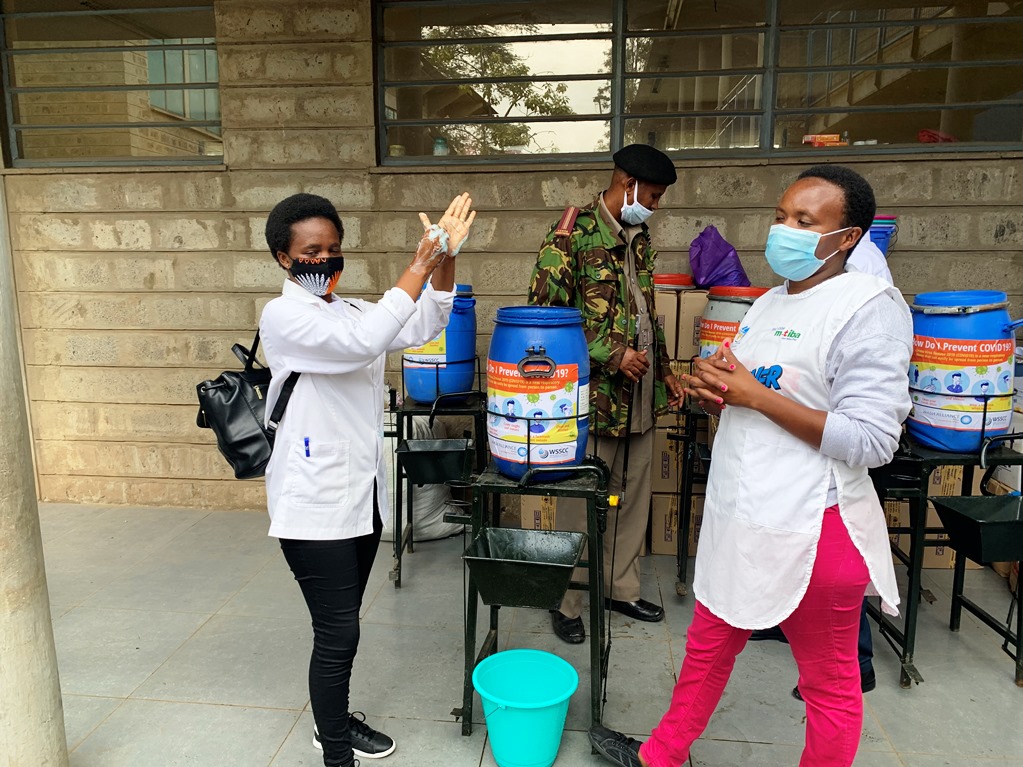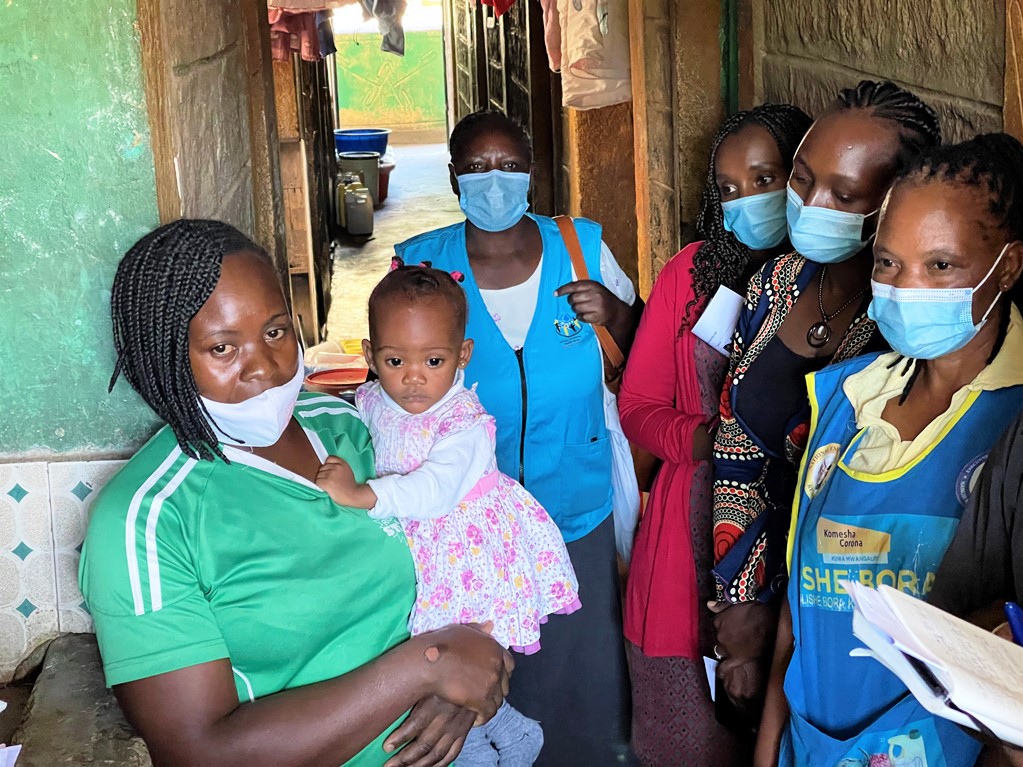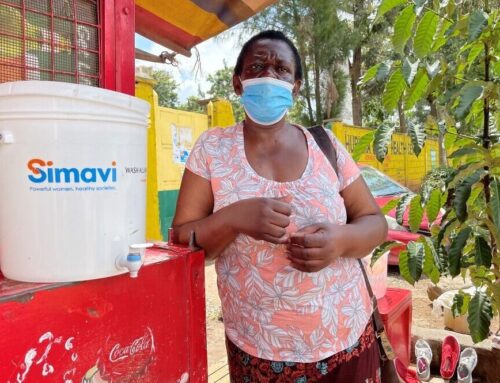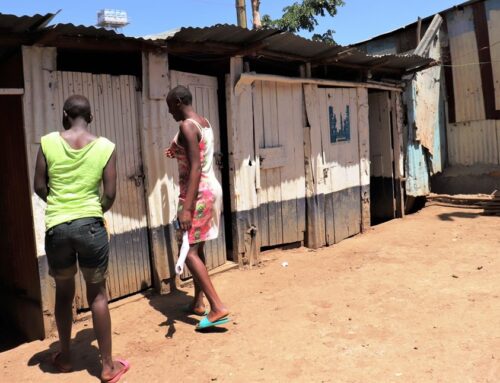Kenya’s community health strategy includes a CHW cadre, called community health volunteers (CHVs). The CHV programme began in the early 1970s when community-based health care projects in different parts of the country emerged.

Community health workers are an important potential resource for encouraging hygiene behaviour change in high-burden,
low-income communities. They provide essential community health services such as increasing access to health products and services, providing health education, and reducing the burden on the formal health care system by managing illnesses. They identify presumptive cases, trace contacts, and link them to health facilities for further management.
In 2018, the World Health Organisation (WHO) recommended that CHWs should be assigned a targeted population size that should impact their productivity, coverage, and health outcomes. Prominent among the many challenges that have continued to result in poor CHW performance is an excessive workload, often indirectly linked to an increased population size served by each CHW.
In Kenya, CHWs operate within a structure of 500 people or 100 households. However, this has been surpassed to over 200 households due to the vastness of some parts of the country and high attrition due to the lack of support and motivation from the formal health system.

The emergence of Covid-19 has highlighted the important role of CHWs. As the frontline of the healthcare system, CHWs could play a pivotal role in reducing the devastating impact of COVID-19. Not only do the CHVs sensitize on safety and preventive measures, but they also work to dispel myths and eliminate the stigma around COVID-19.
As part of the COVID-19 response, WASH Alliance Kenya has worked hand in hand with Community Health Volunteers in informal settlements of Nairobi to help sensitize the community on COVID –19 and its prevention measures.
In addition, WASH Alliance Kenya has donated personal protective equipment to CHWs to help protect themselves as they do their day-to-day community sensitization.



